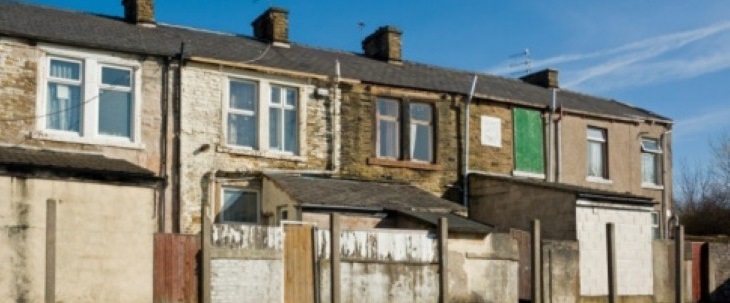Nearly one-in-three privately rented properties would fail the Government’s minimum property standards for social housing according to the the 2014/15 English Housing Survey. Even more alarmingly, a House of Commons research report published last year admitted that there has effectively been no minimum property standards for private rented housing in England since 2006.
Although there are statutory provisions governing private landlords’ repairing and maintenance obligations, enforcement of standards in private rented housing in England and Wales is mainly carried out through the Housing Health and Safety Rating System (HHSRS). This system is essentially a risk-assessment based regulatory model used by local authority environmental health officers. The House of Commons report states that: “since the introduction of the HHSRS in 2006, replacing the old Housing Fitness Standard, there have effectively been no minimum property standards for rented housing in England.”
Overall the private rental sector in England has worst standards of any rental property type. Twenty-nine per cent of privately rented properties would fail to meet minimum standards compared with fourteen per cent of social housing.
Despite the seriousness of the issue, several failed attempts have been made in Parliament to establish minimum housing criteria. Notably the MP for Westminster North, Karen Buck proposed a Private Members’ Bill which was adjourned on its second reading debate on 16th October 2015. The “Fitness for Human Habitation Bill” sought to amend the Landlord and Tenant Act (1985) to require that residential rented accommodation be provided and maintained in a state of fitness for human habitation,
In addition to the effective lack of private rental housing standards, local authorities are also struggling to deal with housing complaints. In 2016, the Liberal Democrat Peer, Baroness Bakewell revealed that in 2012-13, little over half of housing complaints resulted in a Local Authority inspection. Of the 62,818 complaints received over the time period, only 31,634 inspections were carried out. This resulted in only 1,645 improvement notices being served, 2.6% of the total number of complaints. The most common categories of hazards and faults identified in inspections were: damp and mould, excess cold, overcrowding, falling hazards and fire.
Furthermore, despite having the lowest property standards, the private renting is also the most expensive housing type. Private renters now spend an average of 47% of their income on rent compared with 23% of the income of people with a mortgage and 32% of the income for those in the social rented sector.
These findings come as 11 million people now live in private rented accommodation in England, a figure which has almost doubled in the last decade and is set for further increases.
The Renters Alliance helps renters with bad landlords and letting agents. If you have a story you would like to share, please contact the National Renters Alliance through our website or email us at contact@nralliance.co.uk
